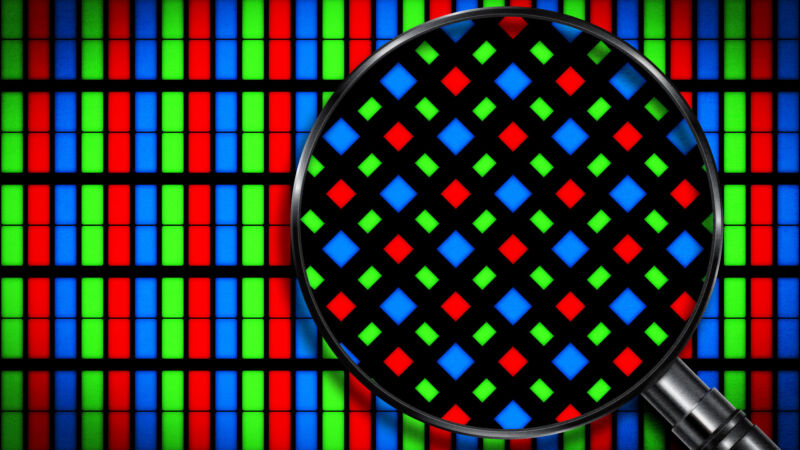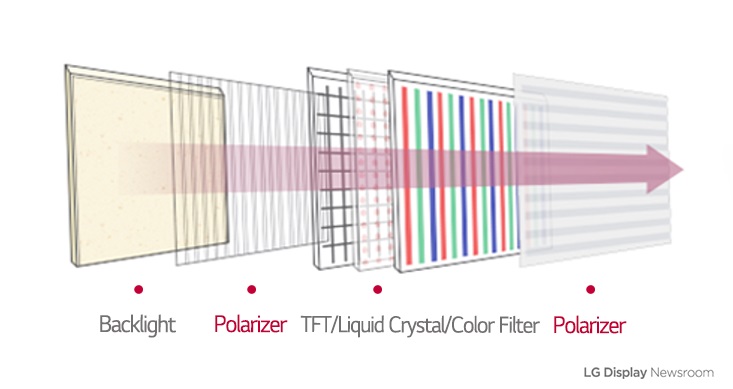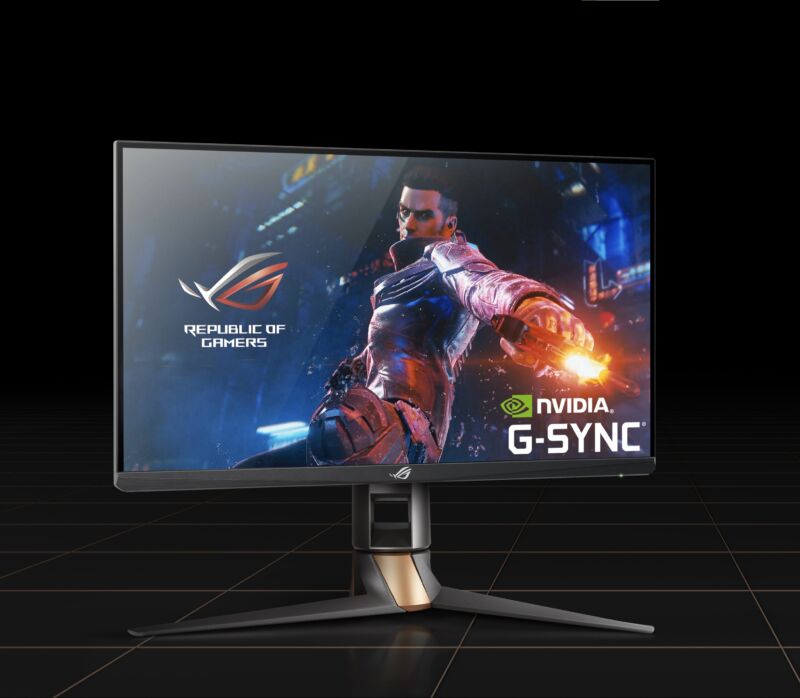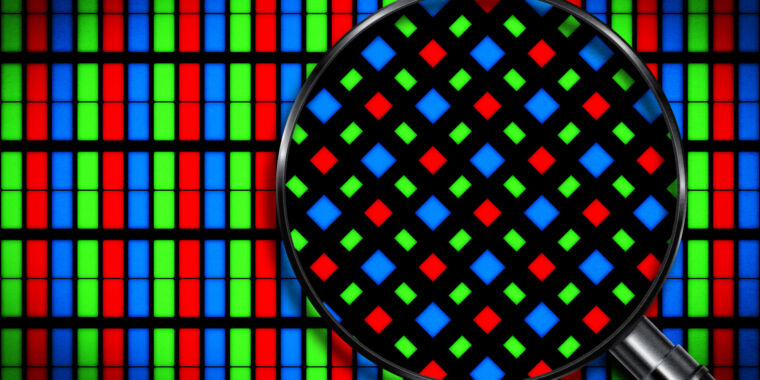
Aurich Lawson
Somewhere along the line, consumer display technology became an alphabet soup full of terms with the letters ‘LED’.
In this quick guide, we provide a brief overview of common initials in the world of TV, PC monitors, and laptop screens. To keep it simple, we focus on the influence of each technology on the expected image quality. Whether you’re looking for a handy refresher for the next time you go shopping or a quick, digestible guide to give to curious friends and family, we’ve got you covered.
LCD
You are probably reading this article on a liquid crystal display (LCD). “LCD” refers to any display type that uses liquid crystals, including TN, IPS, and VA (which we’ll get into shortly). Even an old-fashioned calculator or digital watch can use an LCD. But a simple “LCD” designation won’t tell you how a display will perform. You’ll need more information, such as the type of backlight the panel uses – usually LED, followed by the more expensive Mini LED.
LCDs have long since supplanted the cathode ray tube (CRT) and plasma displays as the dominant technology for consumer displays. In the past it was common to find LCDs with CCFL (cold cathode fluorescent lamp) backlighting, but most LCDs today use LED backlighting (more on that below).
All LCDs, as the name suggests, use liquid crystals between polarized glass.

An image of an LCD by LG Display.
When electricity is applied, the crystals change to allow or block light through color filters, depending on the image, to transform what you see on screen.
TN vs IPS vs VA
TN, IPS and VA are the three main types of LCD screens found in TVs, monitors and laptops. They all differ in how they use their liquid crystals. Each could justify its own article, but we’ll keep it simple here by focusing on the differences to expect in real life.
TN
Twisted nematic displays are known for their high refresh rates and low prices. Their liquid crystals rotate 90 degrees to allow light to pass through.

Asus’ 500 Hz monitor is going to be the fastest ever. It uses a TN LCD.
Pros
- TN screens are generally cheaper than IPS and VA screens.
- It’s easier to achieve high refresh rates and low response times with TN displays, although more expensive IPS and VA are catching up. It’s worth noting that the upcoming Asus ROG Swift 500 Hz Gaming Monitor, which should be the fastest monitor on the market, is said to achieve its refresh rate via an “E-TN” panel that claims 60 percent better response times than regular TN. So while you can buy a super-fast IPS (up to 360 Hz) or VA monitor, TN is still the technology that pushes the boundaries of refresh rates.
cons
- TN has poorer color rendering than IPS and VA.
- TN also has worse viewing angles than IPS and VA, meaning it’s harder to see the image when you’re looking at the screen from an angle or from above.
IPS
Known for their strong viewing angles and vibrant colors, in-plane switching displays use liquid crystals running parallel to the layers of glass. The crystals rotate in parallel to allow light to pass through.
Pros
- IPS panels have wider viewing angles than VA and TN displays.
- IPS delivers richer, wider color gamuts than rivals, especially TN.
- IPS screens, especially monitors, have become more and more popular in recent years.
cons
- A fast IPS panel is much more expensive than a TN panel with comparable refresh rates.
- IPS monitors are often more expensive than VA monitors.
VA
Vertical alignment displays are known for their strong contrast. Their liquid crystals are perpendicular to the glass substrates and allow light to pass through as the crystals tilt.
Pros
- VA panels excel in contrast, which is often considered the most important factor in image quality. VA monitors usually have a contrast of 3,000:1, while a typical IPS comes in at 1,000:1. IPS Black displays, released this year, claim to double the contrast of typical IPS monitors to 2,000:1. We tested the IPS Black equipped Dell UltraSharp U2723QE and the difference was noticeable.
- VA monitors are often (but not always) cheaper than comparable IPS options.
cons
- VA monitors are generally more expensive than TN monitors.
- While there are many VA monitors on the market, IPS has become a bit more common.

